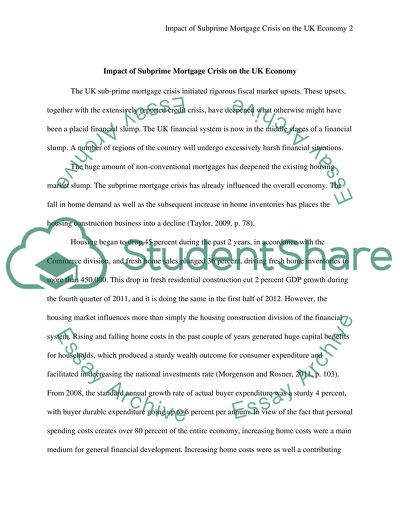Cite this document
(“The Impact of the Subprime Mortgage Crisis on the UK Economy Literature review”, n.d.)
The Impact of the Subprime Mortgage Crisis on the UK Economy Literature review. Retrieved from https://studentshare.org/macro-microeconomics/1444308-the-impact-of-the-subprime-mortgage-crisis-on-the
The Impact of the Subprime Mortgage Crisis on the UK Economy Literature review. Retrieved from https://studentshare.org/macro-microeconomics/1444308-the-impact-of-the-subprime-mortgage-crisis-on-the
(The Impact of the Subprime Mortgage Crisis on the UK Economy Literature Review)
The Impact of the Subprime Mortgage Crisis on the UK Economy Literature Review. https://studentshare.org/macro-microeconomics/1444308-the-impact-of-the-subprime-mortgage-crisis-on-the.
The Impact of the Subprime Mortgage Crisis on the UK Economy Literature Review. https://studentshare.org/macro-microeconomics/1444308-the-impact-of-the-subprime-mortgage-crisis-on-the.
“The Impact of the Subprime Mortgage Crisis on the UK Economy Literature Review”, n.d. https://studentshare.org/macro-microeconomics/1444308-the-impact-of-the-subprime-mortgage-crisis-on-the.


